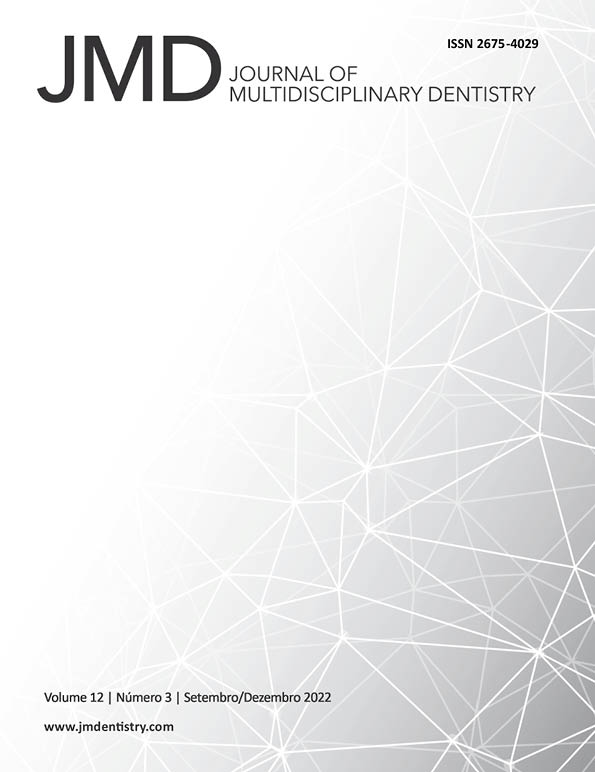Treatment of biprotruse Class I without extraction using miniscrews: a case report
DOI:
https://doi.org/10.46875/jmd.v12i3.1244Keywords:
Dental implants, Malocclusion, DentistryAbstract
Angle Class I malocclusion is characterized by a normal anteroposterior molar relationship, commonly found in association with anterior teeth bimaxillary protrusion. Biprotrusion is the condition in which the patient's anterior maxillary and mandibular teeth project buccally. This condition leaves the patient more exposed to dental trauma and compromises facial esthetics. To solve this type of malocclusion, first or second premolar extractions or non-extraction treatment using skeletal anchorage may be indicated. One of the treatment choices that has been well accepted for this type of case, without extractions, is the retraction made with the anchorage of mini-implants. This case report presents the orthodontic treatment of an Angle Class I malocclusion with dental bimaxillary protrusion in a 27-year-old male patient. The methodology was done through research applied to articles in PudMed and SciELO websites. The aim of this work is to treat the bimaxillary protrusion and midline shift with anterior battery retraction with miniscrews, without extracting teeth, since the patient refused to undergo a new surgery due to a bilateral mandibular paresthesia caused by an anterior third molar extraction. Thus, we conclude that the use of mini-implants as orthodontic anchorage has become a very effective method that provides predictable planning results and assists orthodontists. The use of mini-implants in Class I patients with bimaxillary protrusion simplifies treatment by providing absolute anchorage in the mass retraction of anterior teeth.


